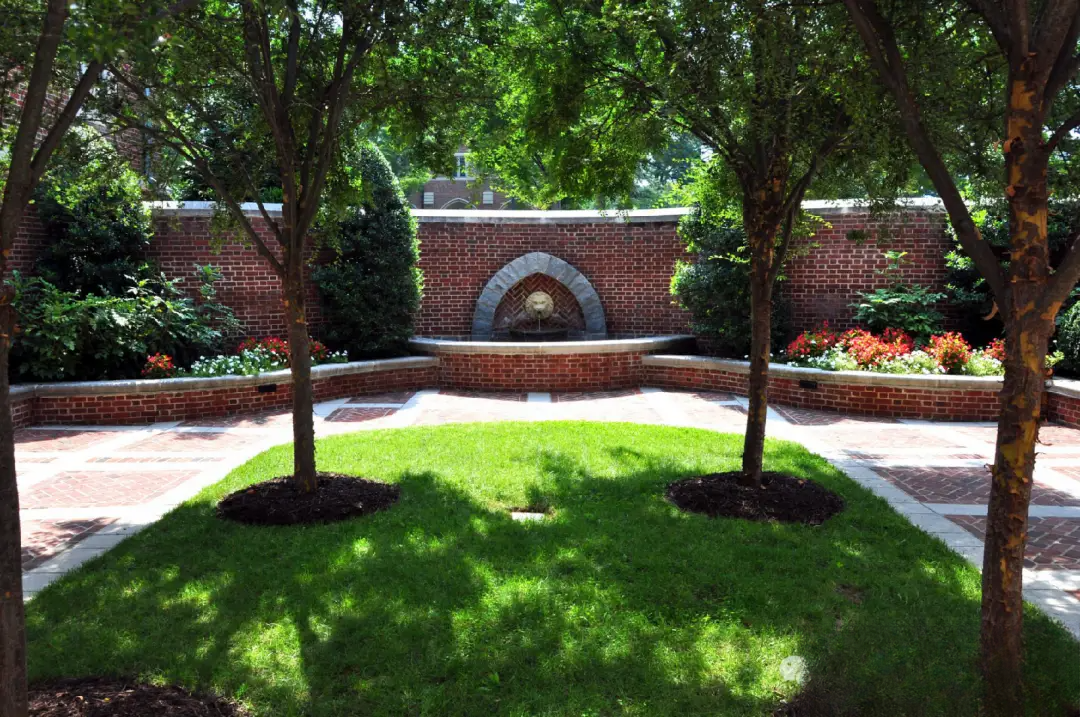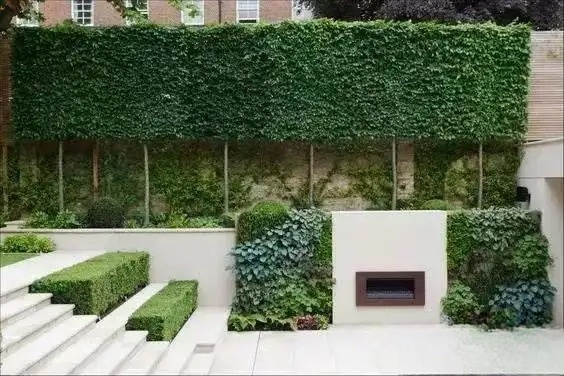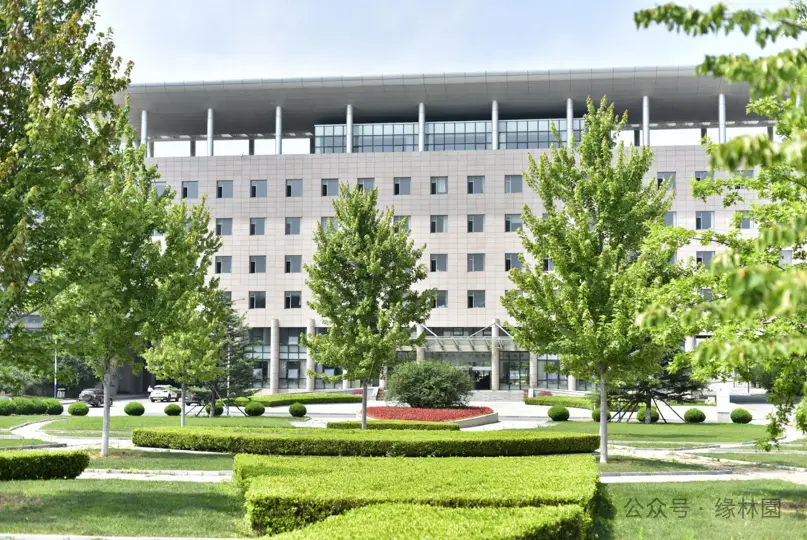Landscaping Care Plan
1. Maintenance goal setting
The core goal of this year's landscaping maintenance and management work is to create and maintain a healthy, beautiful, and ecologically balanced landscape environment. Specific goals include: ensuring that the plant survival rate reaches more than 98%, increasing the green space coverage rate to the specified standard, enhancing the diversity of plant communities, effectively controlling the occurrence of pests and diseases, keeping the garden facilities intact, and improving the overall viewing effect through refined management.

2. Plant classification management
1. Classification and filing : Classify and register all plants in the park, and establish detailed plant files, including plant name, type, growth habits, planting location and other information.
2. Differentiated maintenance : According to the different characteristics of plants (such as light-loving, cold-resistant, drought-resistant, etc.), formulate targeted maintenance plans and implement differentiated maintenance measures.

3. Irrigation and Drainage Plan
1. Intelligent irrigation system : Using intelligent irrigation technology, it automatically adjusts irrigation time and water volume according to weather changes, soil moisture and other factors.
2. Drainage system maintenance : Regularly check and clean drainage facilities such as gutters and rainwater wells to ensure smooth drainage and prevent stagnant water from damaging plants.

4. Fertilization and soil improvement
1. Scientific fertilization : According to the plant growth cycle and soil test results, rationally select the type and amount of fertilizer, and implement a phased fertilization strategy.
2. Soil improvement : For areas where the soil is compacted and the fertility is declining, measures such as adding organic matter and tillage are taken to improve the soil and increase soil fertility.
5. Pest and disease control
1. Prevention first : Strengthen plant quarantine, promptly detect and treat the early symptoms of pests and diseases, and adopt environmentally friendly methods such as biological control and physical control to reduce the use of chemical pesticides.
2. Comprehensive management : Take comprehensive management measures for diseases and insect pests that have already occurred, including drug control, pruning diseased branches and leaves, etc., to control the spread of the disease.
6. Pruning and shaping plan
1. Regular pruning : According to the growth habits and ornamental needs of the plants, formulate a regular pruning plan to maintain the plants' good growth shape and ornamental effect.
2. Plastic design : Carry out artistic plastic design on important landscape nodes and characteristic plants to enhance the artistic value of garden landscape.

7. Weed control measures
1. Physical control : remove weeds by manual pulling, mechanical removal, etc.
2. Chemical control : When necessary, use environmentally friendly herbicides for chemical control, but the amount and frequency of use must be strictly controlled to avoid pollution to the surrounding environment.
8. Facility maintenance and renewal
1. Daily inspections : Carry out daily inspections of infrastructure such as seats, street lights, and signboards in the garden to promptly detect and repair damaged parts.
2. Regular updates : Based on the usage and aesthetic requirements of the facilities, regular updates and upgrades should be carried out to ensure the integrity of the facility functions and the coordination of the landscape.

9. Seasonal Adjustment Strategy
1. Spring : Strengthen plant growth management, and carry out fertilization, irrigation and pest and disease control in a timely manner.
2. In summer : focus on shading and cooling the plants and replenishing water to prevent damage to the plants caused by high temperature and drought.
3. Autumn : Do a good job in plant shaping, pruning and nutritional supplementation to lay a good foundation for winter dormancy.
4. Winter : Strengthen cold prevention and warming measures to prevent plants from frost damage, and make preparations for spring maintenance.
10. Inspection and Recording System
1. Establish an inspection mechanism : Form a professional maintenance inspection team to conduct comprehensive inspections of the park regularly or irregularly.
2. Detailed records : Keep detailed records of problems found during the inspection, maintenance measures taken and their effects, etc., to form a maintenance work file.
3. Problem rectification : formulate rectification plans in a timely manner for the problems found during the inspection and follow up on their implementation until the problems are resolved.

Through the implementation of the above work plan, we aim to comprehensively improve the level of landscaping maintenance and management, and create a more beautiful, comfortable and livable green environment for citizens.